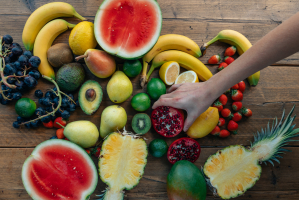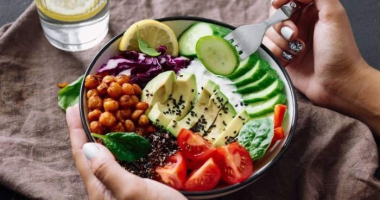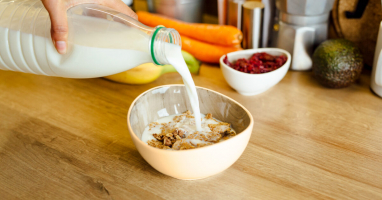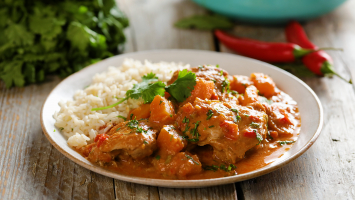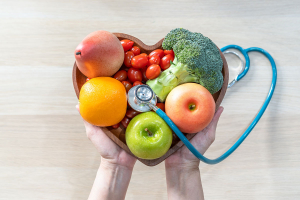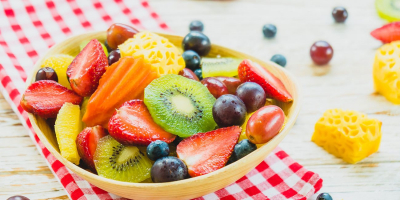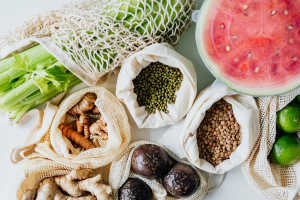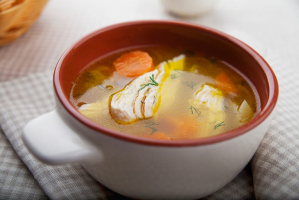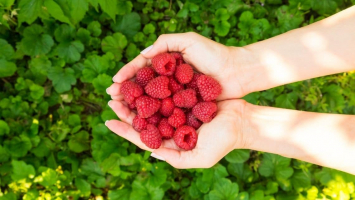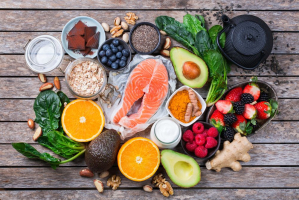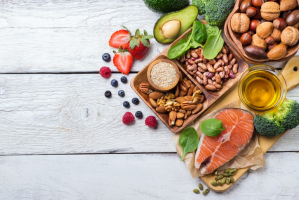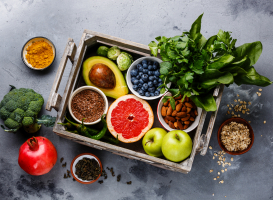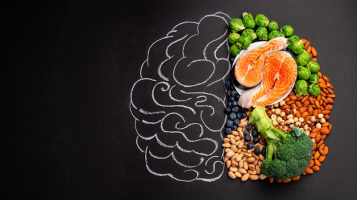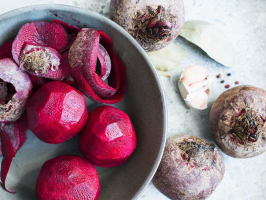Top 5 Best Foods to Eat After Running
Whether you enjoy running recreationally, competitively, or as part of your overall wellness goals, it’s a great way to improve your heart health. Though much ... read more...attention is centered around what to eat before running, what you eat afterward is equally important. Depending on your goals — such as weight loss, muscle gain, or completing a long-distance run — different foods can offer different benefits. Here are the best foods to eat after your run, let's find out!
-
Beets are a terrific addition to any salad since they are full of nutrients, low in calories, and a great source of fiber that helps manage appetite. Additionally, they include a lot of dietary nitrates, which are substances that aid in the production of nitric oxide by your body, one of the most crucial molecules for the health of your blood vessels. Dietary nitrates from beets and other nitrate-rich vegetables, like spinach and arugula, have been proven in studies to improve running efficiency and postpone the onset of running tiredness.
You should start with a base of mixed salad greens, then add one cooked, peeled, and cubed beet, and finish with crumbled goat cheese. Add salt and pepper to taste and drizzle balsamic vinegar on top to complete the salad. Add chickpeas, a hard-boiled egg, or some salmon for an added protein boost if you're looking for a more substantial post-running snack.
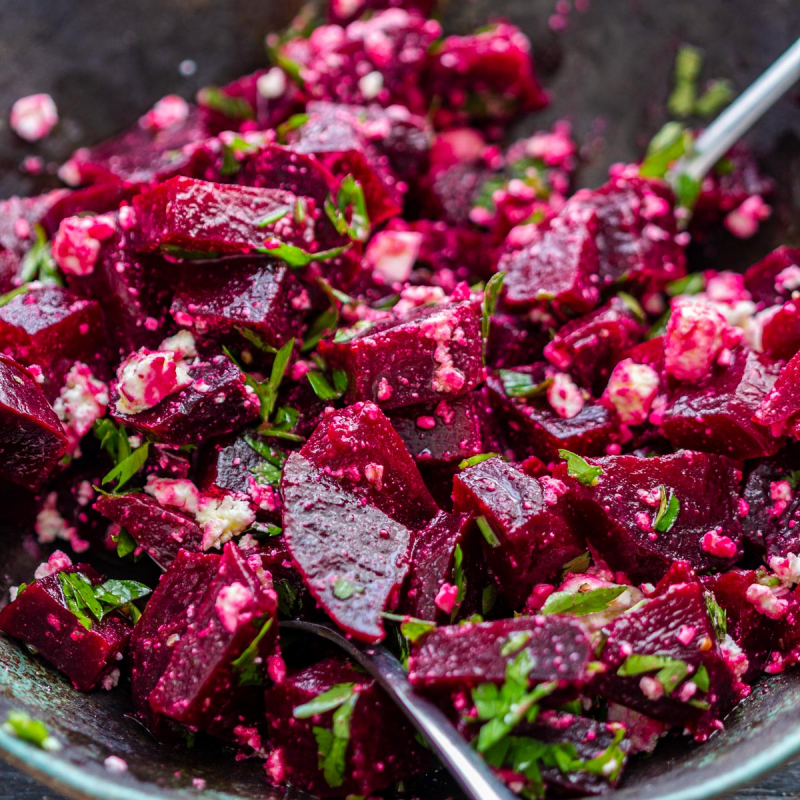
Happy Foods Tube 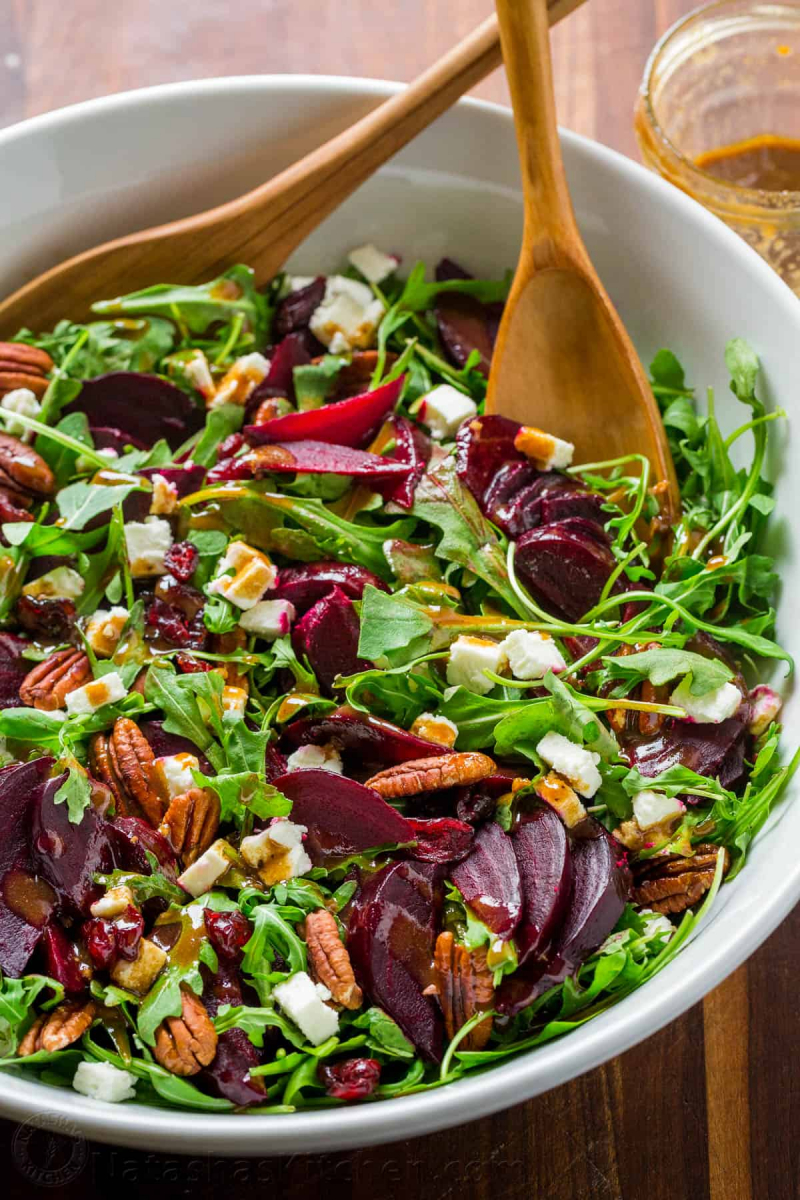
Natasha's Kitchen -
A favorite summer picnic fruit, watermelon has few calories and is a good source of two powerful plant compounds — citrulline and lycopene. Similar to dietary nitrates, citrulline helps your body produce nitric oxide and may delay exercise fatigue and relieve muscle soreness. Containing 91% water by weight, watermelon can also help you rehydrate after your run. Even though it does contain sugar (about 17 grams), the sugar present is fructose, which is naturally present in the fruit. Because fructose is easier for our bodies to process and won't cause as much of a blood sugar spike as, say, a bag of sour watermelon candy, fructose is a much better choice than added or processed sugars.
Watermelon can be eaten on its own or combined with other foods, such as salads, to make a dish that is more satisfying. Cubed watermelon combined with cherry tomatoes, red onions, baby arugula, and feta cheese makes a nutrient-rich post-run snack. Dress the salad, if preferred, with lime juice and olive oil.
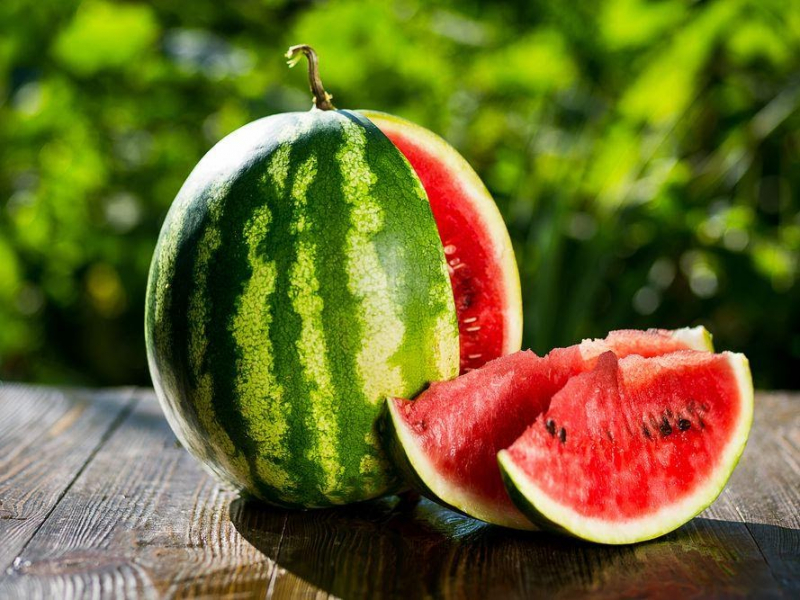
Healthline 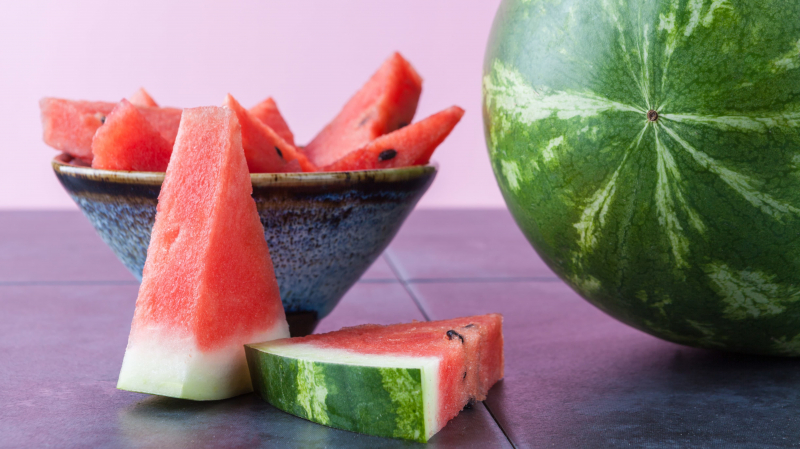
Istock -
Low-fat chocolate milk may be used by athletes as a recovery drink after hard exercise, according to scientific research. It contains the right balance of carbs and protein scientifically proven to help refuel exhausted muscles. According to some research, compared to when they consume a carbohydrate sports drink, athletes may benefit from consuming low-fat chocolate milk after exercising in terms of increased power and faster training times.
In one study, post-exercise muscle biopsies of eight moderately trained male runners revealed that drinking 16 ounces of fat-free chocolate milk improved their skeletal muscle protein synthesis compared to drinking a sports beverage with only carbs and the same number of calories. This improvement shows that muscles were more adept at repairing and regenerating. Before you make the switch to chocolate milk, examine your workout routine. Chocolate milk is most helpful for athletes who need high levels of calories, carbohydrates, and proteins to maintain their level of play.
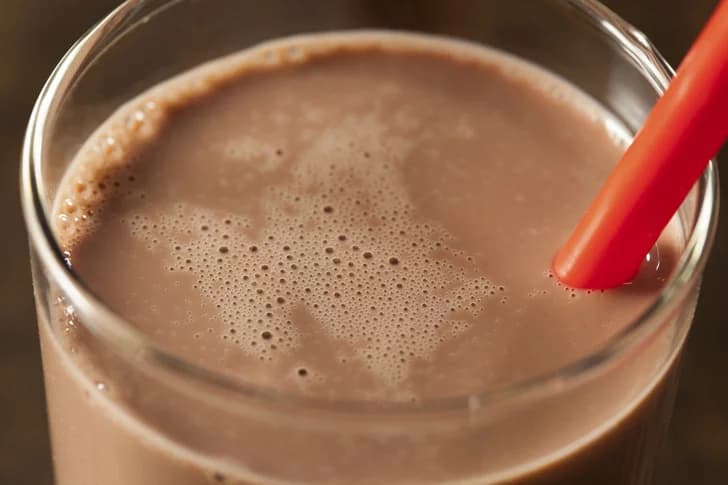
POPSUGAR 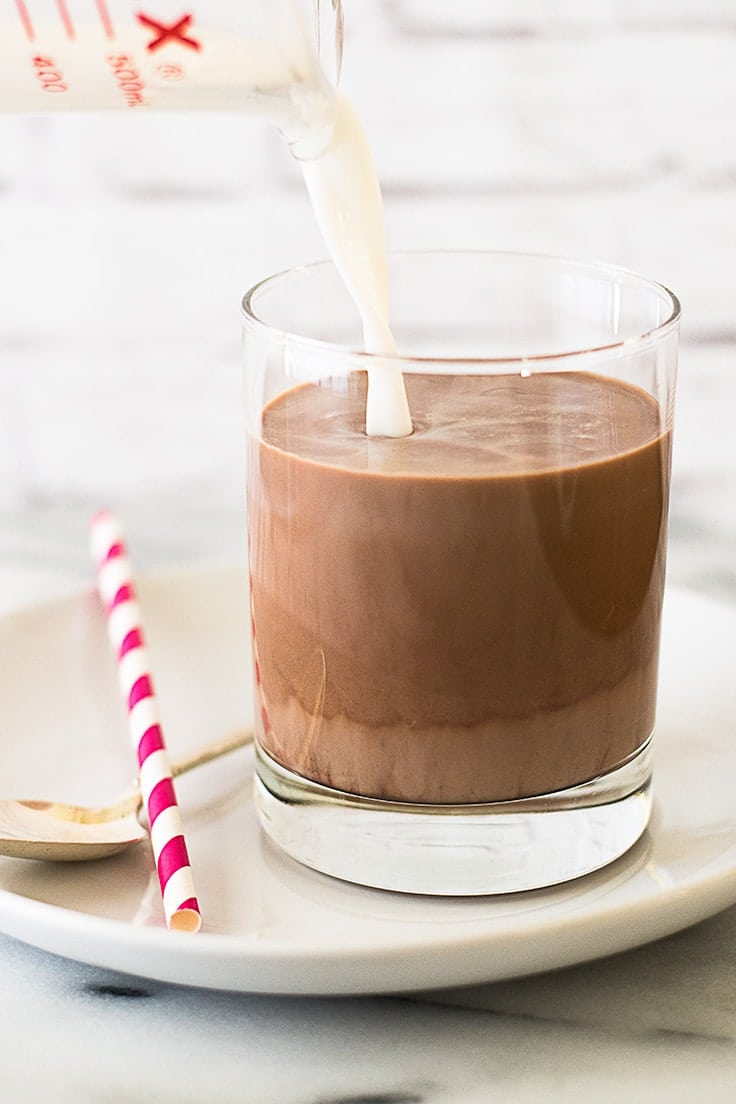
Baking Mischief -
Since they have been around for a long time, protein drinks have become popular among those trying to gain muscle. Whey protein is one of the finest options for growing muscle after a run, despite the fact that there are many other kinds of protein powder. This milk-based protein digests and absorbs fast in your body.
Whey protein contains more of the nine critical amino acids your body needs to get the muscle-building process started than other protein powders like casein or soy. 2–3 scoops of whey protein should be blended with water until smooth. Use milk instead of water to increase the number of calories and protein. For added nutrition and flavor, mix in some frozen fruit or nut butter. Whey protein powder is widely available in supermarkets, specialty stores, and online.
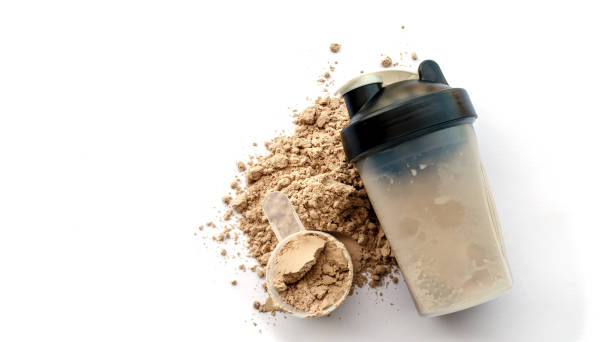
iStock 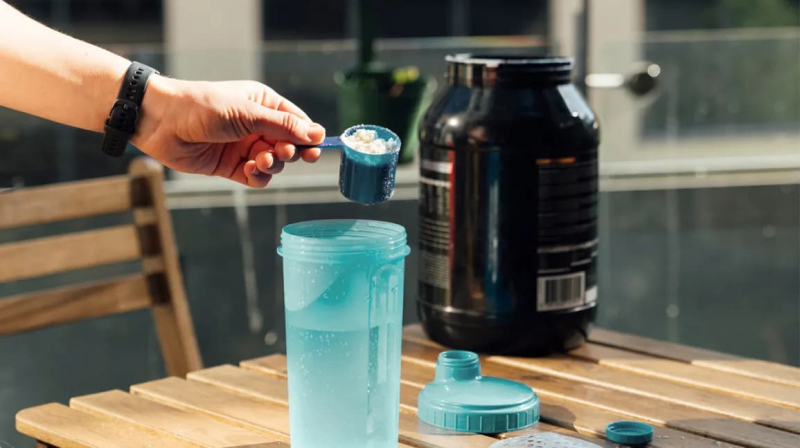
Healthline -
Pea protein powder is a great substitute for milk-based powders if you have dietary limitations or eat a plant-based diet. It is an easy way to supplement your diet and get more protein. Pea protein has been proven to improve muscle protein synthesis, or the process of creating muscle, to a similar amount as whey protein, despite the fact that research on the benefits of pea protein on muscle repair and recovery in endurance athletes is inadequate.
Pea protein consumption before or after exercise produced results similar to those of whey protein in an 8-week study in 15 participants who engaged in high-intensity training four times per week. To reap the benefits of pea protein, blend 1–2 scoops of the powder with water, milk, or a plant-based milk alternative until smooth. If you want to try pea protein powder, you can find it locally or online.
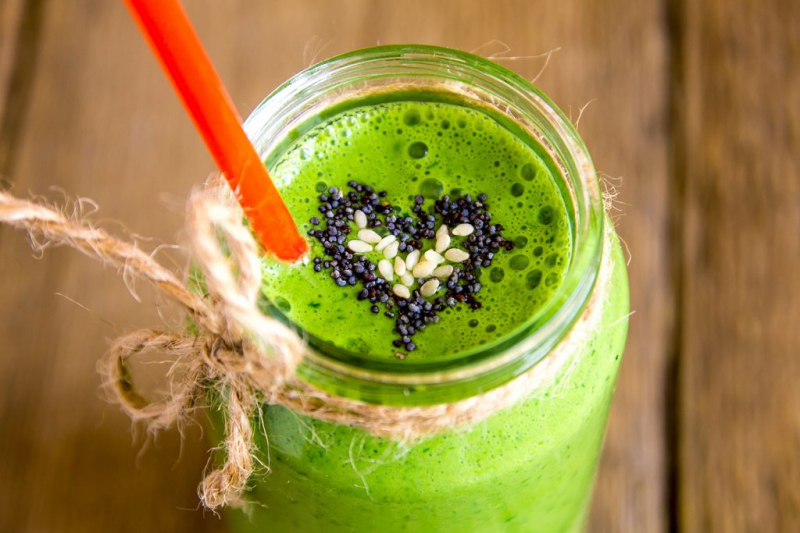
Nutribuddy 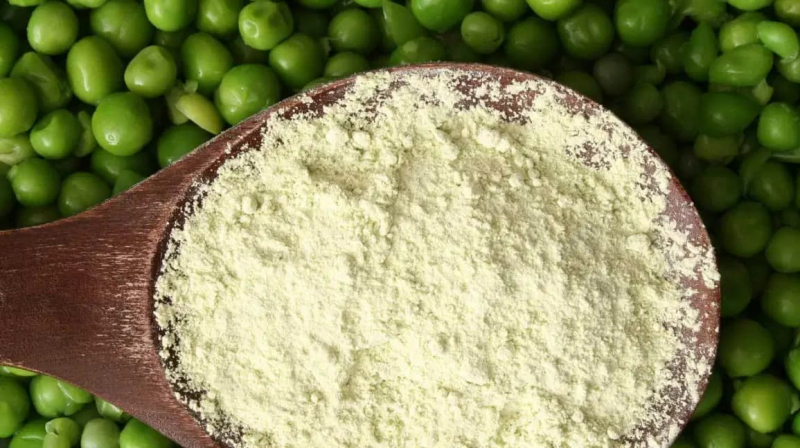
Healthline







